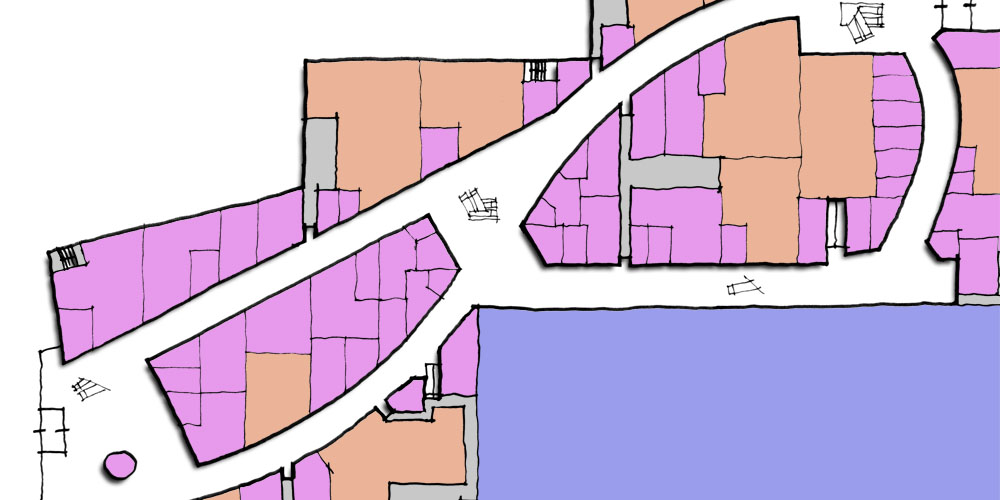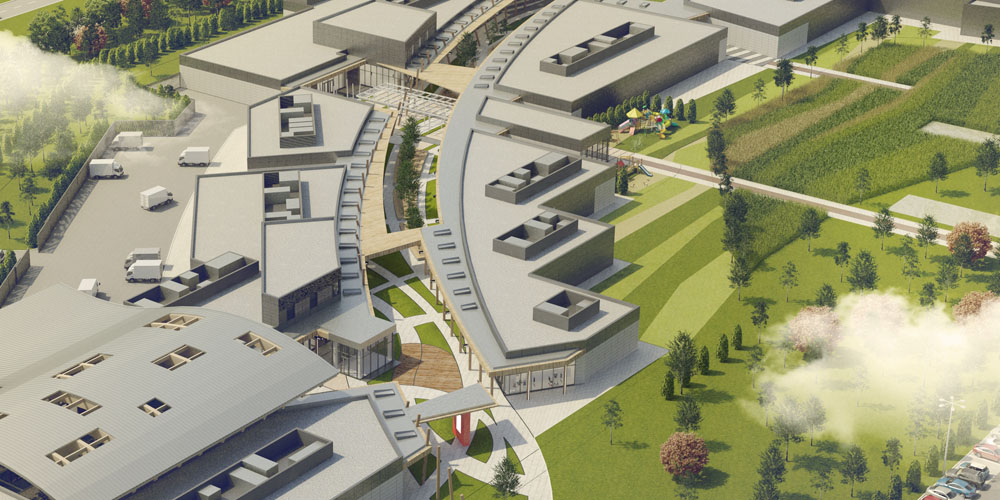What is it about Retail Design…?
Now that physical retail is on the retreat, maybe it’s time to come clean on some of the secrets of successful retail planning and design. After all, nobody is investing in retail real estate, right? Except for owners who need to breathe new life into the foundations of our retirement funds (well, your retirement funds – I’m just an impecunious architect).
In its short but glorious history, the retail centre has become the pariah that blights every community and, until recently, the evil necessity that, in fact, everybody uses. Even if they claim they don’t. But what makes a shopping centre successful is the degree to which it captures the imagination and loyalty of its customers on their first visit. Or even before their first visit. It’s all subliminal, of course. Read on.

There are the five rules that I would offer, which help define, order and enliven our retail (re)design:
- Retail is regional
Much as the perception of large retail is that it is a rubber stamp of sameness , be it in San Francisco, Shanghai, London, Moscow or Warsaw, it is folly not to account for difference in culture, spending habits, activities, ambitions, eating habits and attitudes. With this in mind, it turns out that every region is different and harbours considerable pride in that difference. - Food is not a destination
The great ambition is that food will serve as an anchor. To be fair, some of it does, roughly 20 minutes after it has been eaten. But food is a facility in a retail scheme, not an anchor. It is a reward or a parallel activity, but it is not a destination and very little fast food is good enough to encourage people to walk the length of a mall solely to engage with it. - Humans are lazy
Received wisdom is that most people visit a retail centre intending to visit no more than three shops. This they will do on the shortest route possible, so interruptions, detours, or a lack of clarity will dissuade customers from returning. The art therefore lies in persuading them to do a little bit more and convince them that they enjoyed the experience. - Keep it simple, stupid
Simplicity is an oft-overlooked key word. Taken holistically, from the approach, through parking to entry and circulation, it makes malls clear and legible (simple without being simplistic), using visual references for easy navigation, inspiring confidence and building loyalty. Difficulties, obstacles, disincentives will only achieve the opposite. - Say hello, and mean it
So often, the customer greeting is uninspiring – ‘you’re lucky we let you in’. Cold, ascetic interiors tell customers to do their business and leave. They do not encourage dwell or affinity, nowhere more so that the entrances from parking levels. In conventional retail destinations, fat wallets will continue to arrive by car for the foreseeable future, but the glamorous entrance is reserved for pedestrians.

Okay, so that’s where we’ve been, but where are we going? Without doubt, the Shock and Awe of big spaces and shiny, bland and endless whiteness is now giving way to Warmth and Welcome. I’ll talk about sensory delight on another occasion (after the 9pm watershed), but the evolution in design – nay the seismic shift in design – is away from the functional towards the experiential. Millennials prefer to spend on experiences rather than ‘things’ and so the message needs to evolve from ‘buy and go away’ into ‘we want you, even if you’re not spending as much as we would like you to’
The reverse drive towards local goods and artisan services is already beginning to impact streets and retail centres and the perceptible shift away from globalism is likely to make this a common retail trend. This tends to suggest a gradual (or not so gradual) reinvention of how retail centre tenancies evolve, away from the large, stable and medium term towards the inventive, mobile and spontaneous. With luck, this will help to blur the lines demarking tenant demises and bleed the retail into and out of the mall proper.
This will do much for life, interaction and appeal in malls. It will encourage accidental engagement and break down repetitiveness. It will persuade customers to stop and take a second look.
Natural selection will determine that the creativity with which large units behind limited frontages are re-incorporated into the retail mix. This could easily become the new mark of successful retail design.
